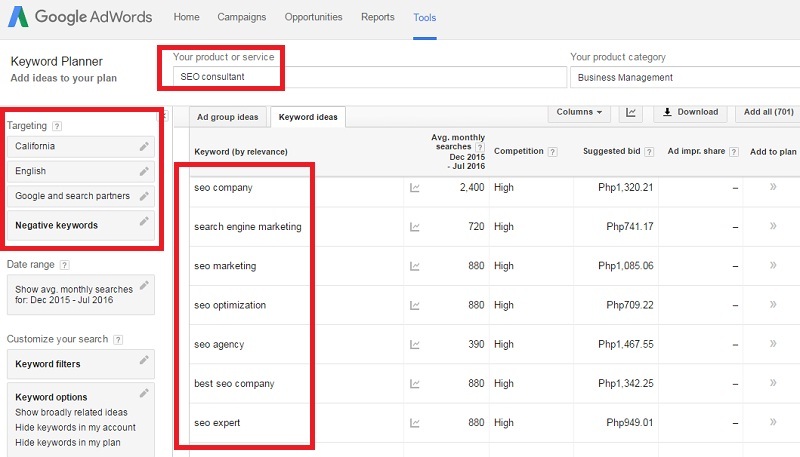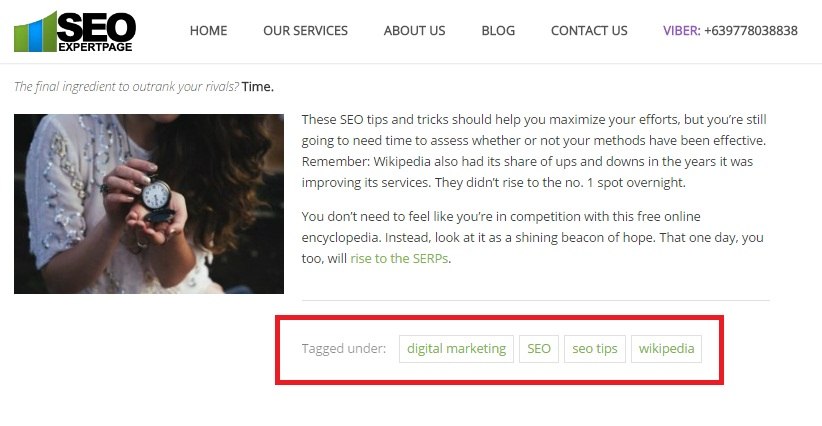Building your personal brand through an online portfolio has never been as important as it is today. More than simply showcasing your latest works or achievements, it’s a way to stand out among a sea of talented, go-getters.
An online portfolio is recommended not only for freelancers but also for career shifters, college students and basically anyone who wants to make their presence known on the Web. Now, it’s easier than ever to be discovered through your personal blog or website. So easy in fact, that a LOT of people are doing it.
But competition doesn’t stop with the hundreds of domains being created every minute. According to the Bureau of Labor and Statistics (BLS), there are more than 53 million Americans who are entering the freelance industry. That means one in every three.
So how do you ensure maximum success with your online portfolio if you’re competing with millions?
The answer is simple: make it search engine-friendly.
1. Pick a Suitable Platform for Your Online Portfolio
It all begins with the platform you choose.
- First, identify your NICHE and search for suitable platforms in that industry.
- Second, check for FEATURES – especially for mobile compatibility.
- Third, see if it fits your BUDGET and unique CONTENT requirements.
For example: if you’re a blogger or researcher, sites like Contently would suit your needs best, because it was built specifically with this type of content in mind. For artists (i.e. designers, photographers, graphics creators, etc.), try Foliodrop or IM Creator. Don’t forget to check if the platform offers a FREE version (with the ability to upgrade anytime).
2. Decide on a Simple, Readable Domain Name
The K.I.S.S. rule always applies, especially when it comes to choosing domain names OR creating URLs for inner pages of your online portfolio. Simple, readable URLs perform better because:
- People know immediately what to expect.
- Search engines (like Google) prefer them due to usability.
The rule of the thumb is to go with your name or initials (i.e. algomez.com, alanson.contently.com). But if you want to spice it up, you can include your expertise or related terms that give clues to what you do (i.e. seoexpert.algomez.com, ask-al.com). This is recommended if you have a common name.
3. Optimize Text AND Images
Keywords are NOT obsolete – you just need to know HOW and WHERE to use them for maximum effect within your online portfolio. To know which keywords are being searched within your industry, use Google’s Keyword Planner tool. Download the results, and pick the ones that are most relevant for use in your site.
But don’t limit yourself to keywords. Long-form relevant terms sprinkled in strategic places around your portfolio can help increase chances of better visibility on the Web. For instance: if you’re an SEO consultant, try scattering ‘SEO consultant services’ or ‘what does an SEO consultant do’ within your blog.
You may also use these keywords as filenames and alt-tags for photos in your online gallery. Optimizing images is a basic SEO technique that will help boost chances of your own images being found on search results.
4. Include Proper Tags and Categories (for Blogs and Galleries)
If you have a personal blog or a photo gallery, grouping posts under the right category with appropriate tags does several good things, such as:
- Help users easily and quickly find your content
- Help search engine crawlers properly align your content with relevant search terms
It’s a small act, but it has a big impact in the long run. Keep posts and photos organized for faster archiving as well.
5. Submit Your Online Portfolio for Indexing
With all the content that’s being created every minute, it’s not surprising that sometimes, search engines take a while to include your online portfolio (and its updates) in their database. Help Google out a bit by submitting new pages to the Search Console.
If your portfolio is a full website, you can also make and present a Sitemap for faster indexing. Once your page has been indexed, it will appear on the search results.
6. Include Your Link in Author Bios
Are you writing or contributing content to other websites? Make sure to promote your online portfolio by including a link in your author byline, along with your social media accounts. This helps spread the word about your work best projects.
7. Share Your Portfolio on Social Media
Of course, don’t forget about social media! Pin your online portfolio link to your Twitter page for maximum visibility. Do the same on Facebook if you have a business account (you can’t Pin on a personal account). Add a link to your LinkedIn profile as well.
A clever tip? Include a link when creating social media headers for your profiles.
This is a beautiful and creative way to promote your portfolio without putting in a clickable link. Plus, it’ll be more noticeable as it’s usually the first thing people lay eyes on whenever they visit a social media profile.
8. Stay Consistent
Ensure that your contact details and URLs are correct. Keep them up-to-date and consistent. This is especially important if you’re managing multiple accounts (your website, blog, social media, etc.). Whenever you can, link them together so that search engines can recognize them as belonging to the same person.
Basic SEO will make your online portfolio user- and search engine-friendly. Don’t worry about NOT being active everywhere. Focus your attention on your online portfolio (count your personal blog, if you have one) and maybe two to three social media accounts. This ensures maximum output from every platform you’re maintaining.
Now, you’ll be ready to be seen on the Web, across any device, anytime.
















































